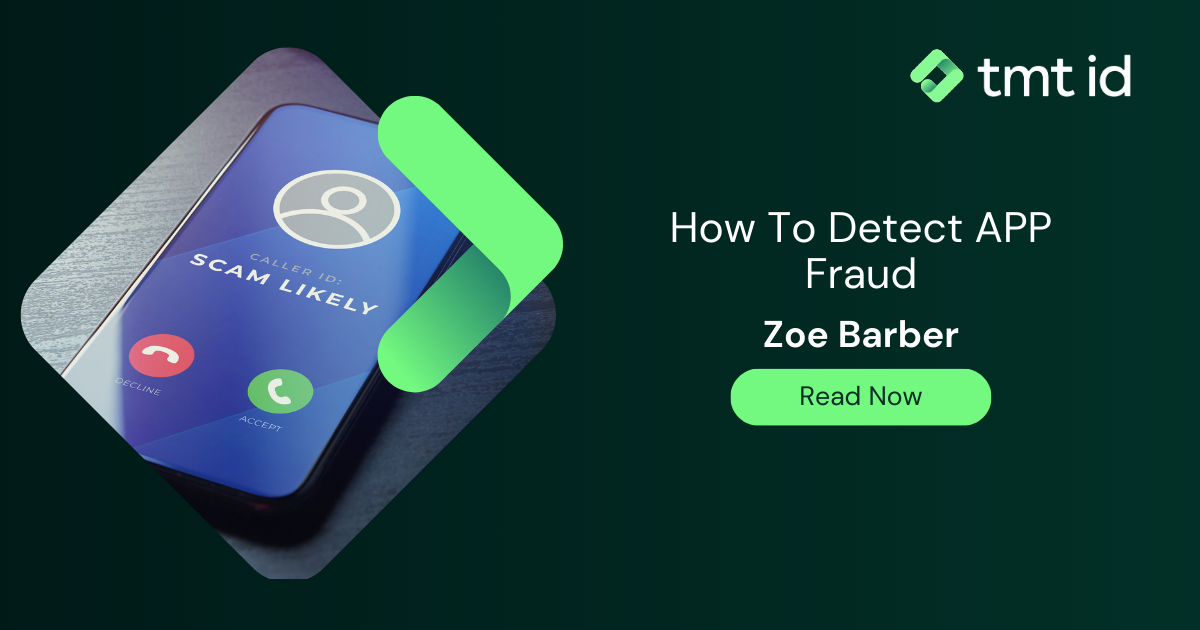
Being a mobile-centric Identity and Intelligence company, the data that resides at the base layer of most of the things we do is the Global Number Range layer that contains all numbering resources allocated to all network operators by regulators around the globe.
When we started building our services, we began by researching and building our Number Range data for the countries we initially serviced. As we added more and more datasets globally, we realised we needed a very accurate Global Number range to provide the best possible service to the market.
For those who do not know, a Global Numbering plan contains all the number ranges that have been allocated to network operators around the world. Those numbering resources are assigned by telecommunication regulators to the networks in their countries and from those ranges, phone numbers are assigned to customers.
A very important lesson learned in those early days was when one of our MNP query customers stopped sending queries for a country, when asked why they told us they had access to the MNP database directly. However, 2 weeks later, the queries returned as they couldn’t figure out the correct numbering plan for the country, resulting in higher costs for them on SMS termination than using our query solution.
Initially, the plan was not to build a global solution, however as demand increased, we decided to set about building a truly worldwide solution.

We have a dedicated team that researches the correct sources, scripts automatic updates where possible and verifies the accuracy. So, where do they get the data?
International Telecommunication Union Telecommunication Standardization Sector (ITU-T) the ITU-T receives updates from regulators on numbering resources. Most regulators only publish to ITU-T the structure of the numbering plan (e.g. what prefixes are Landlines, what prefixes are Mobile, what are the dialling rules, and what are the possible lengths of the numbers). This is a good source of data, but not granular or updated regularly enough to use by itself.
National Regulators – as the Telecom industry is regulated, the number ranges are assigned by the national regulators. Some publish the data regularly and structured, others make it available only for network operators, others publish some PDF decisions on range assignments, and others, don’t publish it at all.
IR.21 documents – Being a member of the GSMA, TMT has access to the IR.21 documents where mobile operators publish data relevant to international Roaming, including information about their numbering ranges. Of course, some do it more regularly than others.
HLR Data – as we found out the hard way, sometimes the data from ITU-T, Regulators and IR. 21 may differ, therefore we turn to our own Live HLR solution for “asking” the networks where some numbers are, validating the source of truth in many cases.
There is no single source of truth, unfortunately – there are some cases where Regulators publish some incorrect data or operators publish some incorrect data in their IR.21 docs. Even more, in countries where there is a high level of M&A activities between network operators, numbering resources are either fully or partially transferred when networks are acquired.
We have to get all the layers working smoothly to resolve conflicting data – and this is why our Number Plans team are worth their weight in gold.
Well, it depends on the complexity and dynamism of the number range allocations and the M&A activities of each country. To make sure we have the most correct and updated global number range allocations, we created an internal SLA for our numbering plans team and, following the SLA, some countries are updated:
Daily – where we can trust the regulators and IR.21 documents and can automate the process.
Weekly – where the dynamic is relatively high and manual intervention is needed.
Bi-weekly – for countries with lower dynamic and manual intervention.
Monthly – where the dynamic is really low.
But there are 2 more important dynamics of the Global Numbering Plan:
We are getting alerts – from Regulators, Operators or when a new IR.21 is published that a new range is about to be allocated OR a range owner changed. We act immediately.
As there is no such thing as perfection (although we aim for it) if we get anything wrong, our customers will alert us if we miss a range or if the range holder changed, we investigate through the normal support process and bring forward the particular country update to solve the ticket.
Being the base layer of our data stack, the numbering plan is used in most of our products.
We offer the numbering plan by itself in what we call “Teleshield”. Our customers use the data either by downloading it or by real-time querying it ((enum, HTTP, sip redirect) for:
Routing and screening of voice calls and SMS
Preventing Fraud
Preventing Bypass such as flash-calling
Inside Signaling firewalls
Origin base Rating and Routing (OBR)
Validating online sign-ups
Customer Data cleansing
Verifying Identity
Technically, what I notice is most of the companies doing voice use prefix-based allocation, some use prefix + length and others prefix + min/max length. Even if we have a strong background in voice, we use the data internally as ranges (Start, Stop) because numeric searches (e.g. number in (start, stop)) are much faster computationally and we can deliver a very high number (hundreds of thousands) of TPS (transactions per second) at a sub-millisecond latency using our own in-memory database optimised for phone numbers and attributes.
At the time of writing and looking at our in-memory database, there are 3.1 million ranges assigned to 18,000 networks globally (landline, mobile, virtual, VoIP, etc…).
We serve the Global Numbering Plan by:
Download – we can export the data in a few formats (ranges, prefixes, prefixes+length, prefixes + min/max length).
Single number Queries to our Teleshield product. The standard query interfaces are ENUM and Rest API.
Batch number queries in our portal or by uploading files to our SFTP.
SIP redirect service – a custom solution for delivering the data either as redirects or SIP error codes.
The data contains:
Range or prefix
Country code
Number Type (Landline/Mobile)
Extended number type (toll-free, Voip, etc..)
Network id
MCC
MNC
Network Name
Full Operator name
Last updated on January 6, 2026



Our Viteza service not only provides instant access to our Live, Velocity & TeleShield Routing services, but comes with 500 free queries to get you started
Try out VitezaWe provide the most comprehensive device, network and mobile numbering data available
Contact us > Chat to an expert >